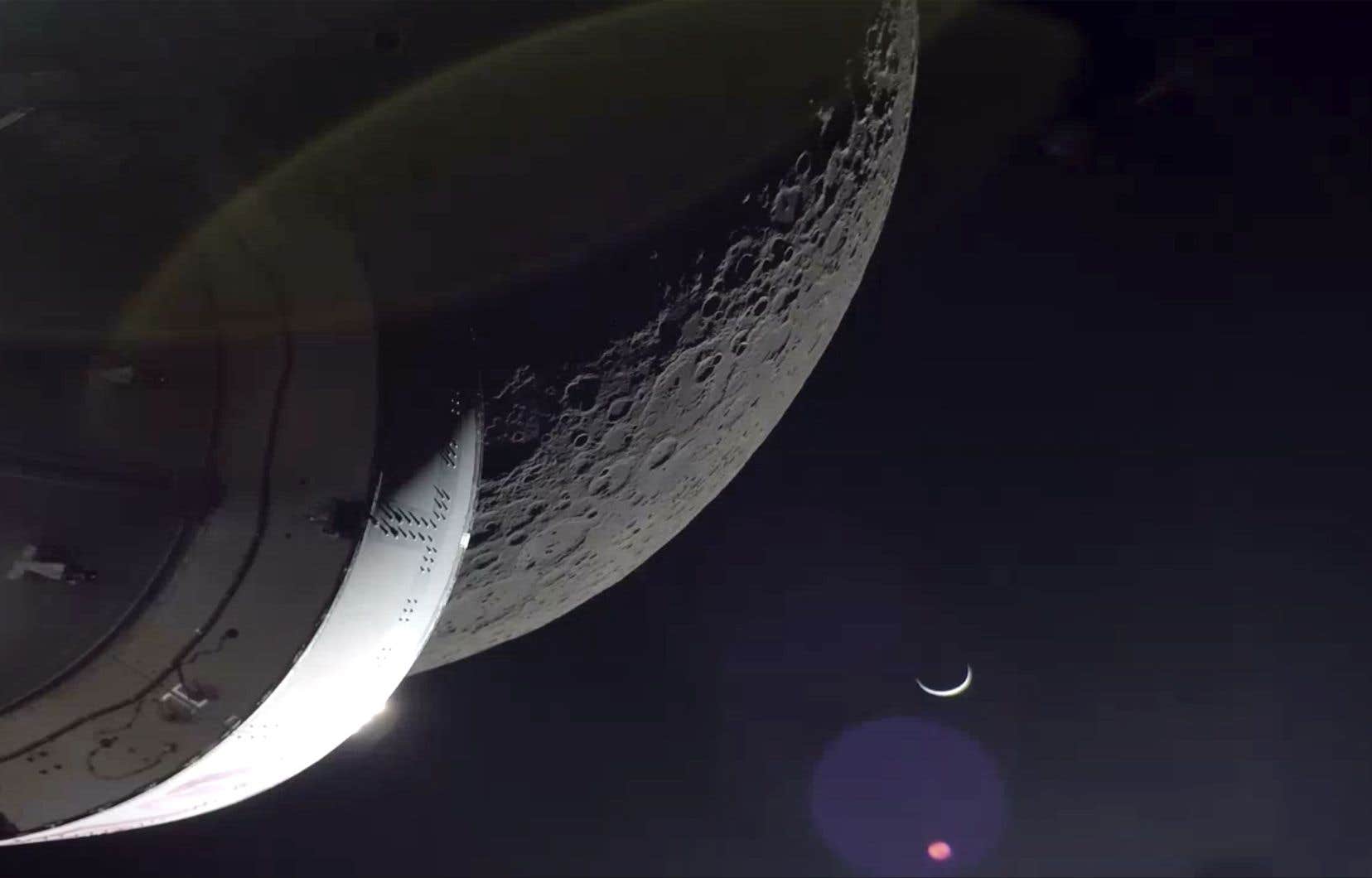Marc Garneau, the first Canadian to travel in space, has long awaited the day when he will be joined in the pantheon of pioneering explorers by the next astronaut to receive the honorary title of “first Canadian”.
His wait is coming to an end. Scheduled to lift off as early as November 2024, Artemis II will be the first mission to bring astronauts into orbit around the Moon since the last Apollo mission in 1972. It will also be the first time a Canadian has ventured beyond the Moon. earth orbit.
Who will be the lucky one ? The world will find out on Monday, when NASA and the Canadian Space Agency announce the four astronauts — three Americans and one Canadian — who will take part in the next stage of an ambitious plan to establish a long-term presence on the Moon.
The Canadian astronaut corps currently includes four people, including David Saint-Jacques, a Montreal astrophysicist and doctor and the only member of the group who has ever been in space.
Mr. Saint-Jacques, 53, flew to the International Space Station in 2018. He was selected in 2009 alongside Ontarian Jeremy Hansen, 47, colonel and CF-18 pilot in the Air Force Royal Canadian.
In 2017, two Albertans swelled the ranks of the group: test pilot and Royal Canadian Air Force Lieutenant-Colonel Joshua Kutryk, 41, and Jennifer Sidey, 34, a mechanical engineer and lecturer at the ‘Cambridge University.
The Artemis astronauts will orbit Earth before soaring into space for a figure-8 maneuver around the Moon, making Canada and the United States the only two countries to have observed the dark side of the moon.
“When I think back to 1984, when I flew for the first time, we didn’t know what could happen after that,” recalls Marc Garneau. To now have the opportunity for Canada to be the second country to send an astronaut on a lunar mission is extraordinary. »
If it could, it would return to orbit “in the blink of an eye”. “Having flown three times, I consider myself blessed beyond all reasonable expectation in life,” says the former astronaut and retired Quebec MP – at 74, he finally gave up his seat in the House of Commons. communes, barely three weeks ago.
The Artemis II mission is the result of hard work and considerable investment, explains Gordon Osinski, director of the Institute for Earth and Space Exploration at Western University in Ontario. He has spent most of the past week in Houston, participating in simulations to better understand how to conduct the geological work that future astronauts will need to perform on the lunar surface.
“I can do field geology on Earth with an instrument that looks like something out of Star Trek, that tells me the chemistry of a rock. We couldn’t even imagine it 50 years ago,” he rejoices.
Then there are the Canadarms, the articulated remote manipulators that have become a staple of International Space Station missions and a source of national pride for countless Canadians.
The United States trusts us enough to “put the lives of their astronauts in our hands,” said Professor Osinski, saying that was surely a factor in the decision to reserve a place for a Canadian.
The third and final Artemis mission will see a man and a woman walk on the Moon in 2025, to pave the way to eventually reach Mars.
“We’re going back to the moon. The Moon is not nothing, said Innovation Minister François-Philippe Champagne last week. It is Canada that is doing great things on the world stage. »
This, ultimately, may be Artemis II’s greatest legacy for Canada: to inspire the next generation of astronauts, just as Apollo did long ago.
This time, however, the images from the trip will be spectacular.
